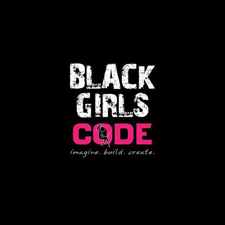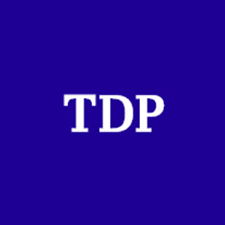The Community Power Issue: Solutions We Love
- Diversifying the Tech Workforce
- Share

Diversifying the Tech Workforce
People We Love
The tech field is one of the largest sources of wealth generation in the United States—and is 68% White and 65% male. Not only can diversifying the field address wealth gaps, but inclusive tech companies can reduce the likelihood of technology harming underrepresented groups. Here are three organizations that are supporting underrepresented communities in tech.

Black Girls Code
Black Girls Code was founded in 2011 when Kimberly Bryant, a biotech engineer, noticed her daughter was experiencing the same isolation in STEM courses that Bryant had 30 years prior. Focused on introducing programming to girls of color from 7 to 17 years of age, BGC has 15 city chapters and has taught more than 14,000 students. As of 2019, the organization has trained 7,000 students annually and has a goal of teaching one million girls by 2040.
BGC focuses on problem-based learning as well as teaching leadership and entrepreneurial skills to enhance the girls’ technical toolkit.
“Girls are able to develop skills such as resiliency, self-confidence, and self-efficacy that allow them to push against the obstacles that they may encounter being women in a male-dominated field,” Bryant said.
Bryant says the organization is rolling out an alumni program to expand its support to college campuses over the next three years.

Techqueria
Techqueria offers community networking and resources to Latinx people in the tech field. It’s estimated that up to 80% of jobs are found through networking, something that is often built through social capital and status.
“Amongst the Latinx community, we found that the network is not always as strong and young adults who identify as Latinx in tech often do face that social capital gap,” said Frances Coronel, co-executive director.
The nonprofit has eight city chapters that host events, a Slack community with more than 5,000 members—almost 1,500 of whom are active every week—and a community of 9,000 across all social platforms. The majority of that growth happened in 2019, spread by word of mouth and a collaborative approach the organization takes by connecting with other Latinx-focused organizations, which is subversive in a tech field that tends to compete viciously.
“Most people are pleasantly surprised by the atmosphere that we’re creating, and it’s a refuge from a lot of workplaces,” said Felipe Ventura, co-executive director.

Tech Disability Project
Only 20% of people disclose their disability to their employer. While there are consultants and internal teams that work to help companies be more inclusive spaces for disabled employees, Natasha Walton couldn’t find any broader communities for people with disabilities working in tech—so she started her own. The Tech Disability Project launched in October 2018—National Disability Employment Awareness Month—with the publication of stories written by tech employees with disabilities. The stories garnered more than 5,500 page views in the project’s first month. In 2019, the project held a panel and mixer for people with disabilities, drawing 80 attendees.
For Walton, Tech Disability Project is about elevating community and representation to improve disclosure, accommodation, and flexibility in workplace models.
“Creating more freedom, access, and confidence around using accommodation processes that are instilled by law in our companies is the best way to move the needle for our community right now,” Walton said.


